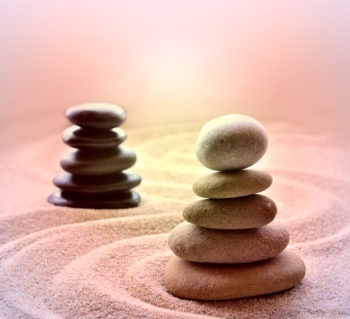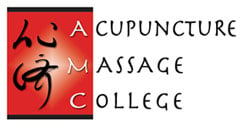 So many differences distinguish Chinese and Western medicine, from underlying philosophy to methods of treatment. Traditional Chinese medicine (TCM) is an ancient system of health care that dates back thousands of years, while Western medicine is a comparatively recent phenomenon. Find out how practitioners make a patient diagnosis in Chinese medicine vs Western medicine.
So many differences distinguish Chinese and Western medicine, from underlying philosophy to methods of treatment. Traditional Chinese medicine (TCM) is an ancient system of health care that dates back thousands of years, while Western medicine is a comparatively recent phenomenon. Find out how practitioners make a patient diagnosis in Chinese medicine vs Western medicine.
What is traditional Chinese medicine?
Before understanding how diagnostic procedures work in TCM, it helps to understand a little bit about the system of health care. Based on Taoist principles, TCM has evolved over the past 4,000 years and become more popular in the Western world. It's a holistic approach to understanding the health and wellbeing of patients.
To promote wellness and treat illnesses, TCM encompasses a variety of practices, including massage, acupuncture, Tai Chi and movement therapies, and herbal medicine.
Important concepts in TCM
One of the most important concepts in the practice is "qi," which is the body's life force energy. Qi energy flows through channels of the body called meridians, and blockages of this flow can result imbalances and disharmonies that manifest as health problems in the patient. The University of New Hampshire describes it this way:
Qi can be described in many ways, according to the source, the location and the role it plays in the body. Regulating and stimulating the flow of Qi is a basic tenet of understanding the role of disease and health in the body.
Practitioners of Chinese medicine use needles or pressure to manipulate points on the body along these channels and restore a balanced flow or qi energy.
TCM also embraces the concepts of yin and yang, which are opposite — yet dependent — conditions within the human body.
Yin: Often symbolized by water or earth, the yin is associated with femininity, darkness, passivity, receptiveness and the night.
Yang: Often symbolized by fire or air, the yang is associated with masculinity, light, activeness and the day.
Organs have unique combinations of yin and yang within the philosophy of TCM.
Qi is also made up of five aspects in the philosophy of TCM — wood, fire, earth, metal and water. These essential substances have specific attributes that inform TCM's understanding of the human body. Each person has a unique combination of the five elements, and imbalances result in physical and mental health problems that the practitioner will have to diagnose.
How does diagnosis work in TCM?

When making a diagnosis in Chinese medicine vs Western medicine, the practitioner will observe and ask questions of the patient. This process involves the four pillars of diagnosis, which are:
- Looking: Observing the patient's movements and mannerisms, speech patterns and appearance of the tongue, eyes and ears.
- Listening: Hearing the sound and tenor of the patient's voice, and whether it falls into the categories of shout, laugh, sing, weep or groan.
- Touching: Also, called palpation, feeling the characteristics of the patient's pulse at different points on the body.
- Asking: Finding out about the patient's history, symptoms, concerns and more.
Whereas a doctor of traditional Western medicine might be interested in body weight, height and symptoms during an exam, the Chinese medicine doctor looks at a patient holistically. The four pillars of diagnosis provide an important window into the patient's interior organs and systems. Treatment will work to correct imbalances and disharmonies in the flow of qi.

 (305) 595-9500
(305) 595-9500






